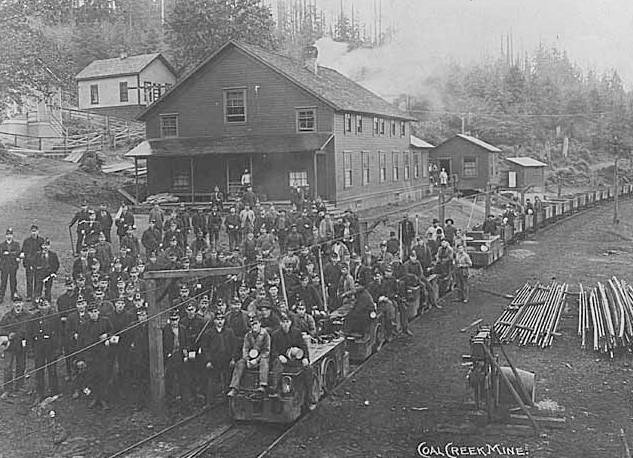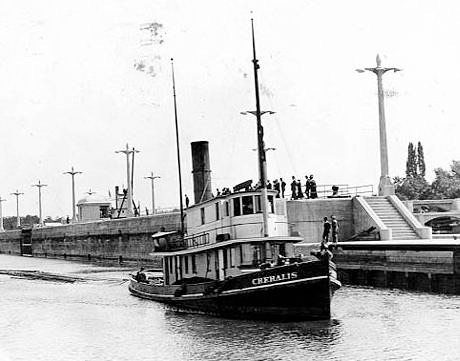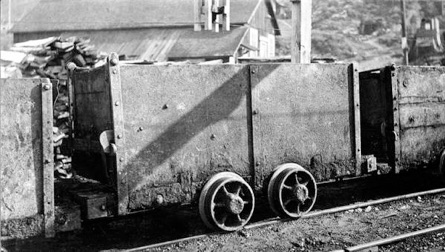Coal Cars


In 1853 when the American population in King County was 154, Dr. R.H. Bigelow first found coal on the Duwamish River in what is now Renton. Coal was an essential fuel back then, and it was actively mined in the southeast area of Lake Washington during the last half of the 19th century, and the first Quarter of the 20th century. The most important resource for the greater Seattle economy was the mining and distributing of coal.


In the 1860s, a man named Edwin Richardson found more of this precious resource on Coal Creek in what is now Newcastle.

Among a wave of mining claims that were to be filed, the Lake Washington Coal Company was one that was organized and built by Rev. George Whitworth, the Rev. Daniel Bagley, and many others. When they started excavating tunnels up Coal Creek, they also constructed a wharf at its mouth where Newport Shores is located now. The abundant flow of coal was then hauled by boat and barge over the lake, where it met the Cedar, Black, and Duwamish Rivers and then down to Seattle.

Coal transport on the lake became as important as the coal itself. An example of one route; the small coal cars were loaded with coal in the mine,

let down the long inclined tram to Lake Washington, where they started on the first part of their barge trip. At Union Bay they were moved from the barge to the portage tram,

Through the 1880s the coal mining industry remained the Lake Washington region’s largest.

It is reported that In January 1875, the steamer Chehalis was pulling a barge

Photos courtesy UW archives

Barge like the ones on Lake Washington
Allegedly the same Steamer tug Chehalis


-
-Home
Video shot by the Submerged Cultural Resources Exploration Team and displayed and edited by Laura James
